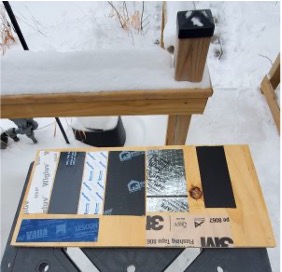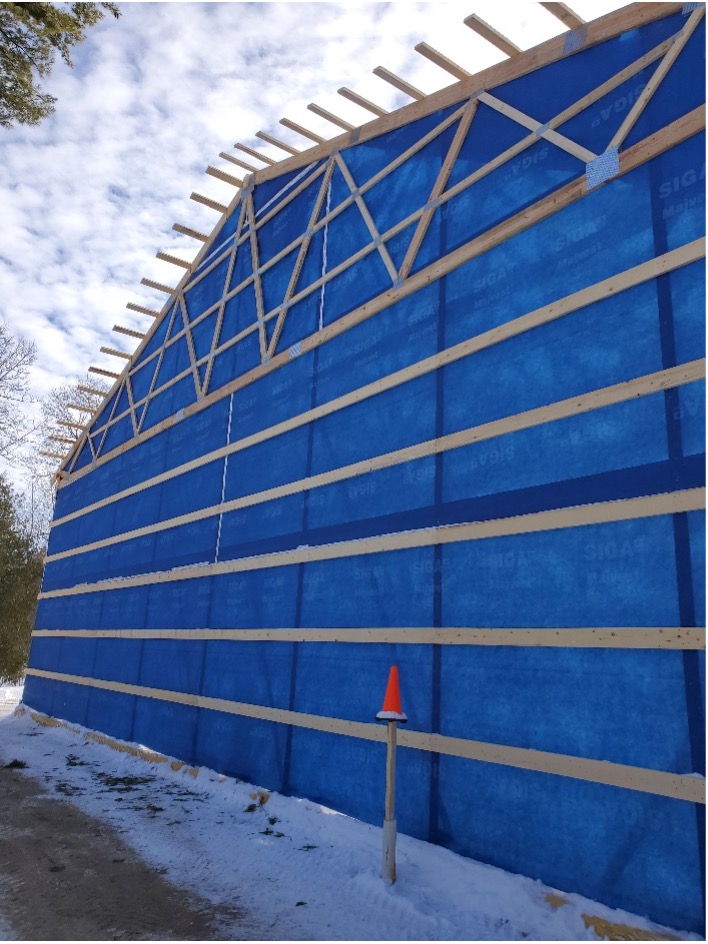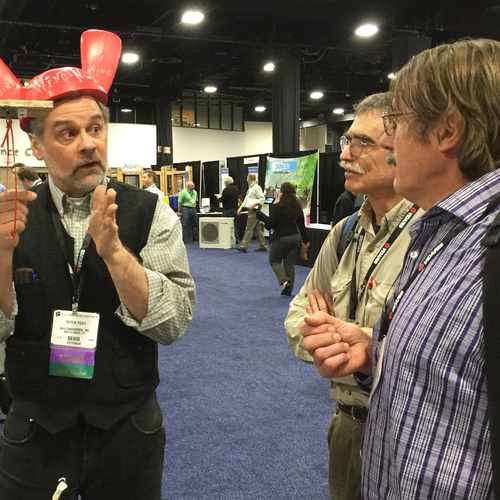
In 1845, British surgeon Dr. Horace Day figured out if he used a little adhesive on a piece of cloth, a “bandage” could be used for wound care. Through the 1900s, the evolution of tapes continued. In 1925, Scotch tape was invented. This clear tape was hugely popular and had many uses. Water-resistant duct tape came about during World War II and was designed to seal military ammunition cases. Today, the construction industry is witnessing the tape revolution’s continuation first-hand.
While working on the Barndominium project I am writing about, I have seen some tape failures. One was when taping seams of SIGA’s Majvest house wrap using their Wigluv tape in below-freezing temperatures. The failure had me wondering: Was it the tape? Was it how the product was being applied? Was it the temperature during installation? Or was it something else? To find an answer, I decided to do some testing, but why test SIGA products only? Why not test a bunch of different tapes? It seemed like a good “backyard wingnut test.”
Three types of construction tape
There are three formulas for tapes in use today. The most common, and probably the best overall choice for most instances, are acrylic tapes. These include 3M’s 8067, Zip Systems Tape, and Siga’s Wigluv and ProClima’s Tescon Vana products, both from Europe. Acrylics are usually the most expensive of the construction tapes. Most products can be applied in cold temperatures, they have a strong bond to many different material types, and they are more environmentally friendly. It can take anywhere from a few hours to a few days for the bond between the adhesive and surface to fully set.
The second type is butyl tapes. They include Tyvek’s Straight Flash and Flexwrap and Protecto Wrap’s Super Stick. These tapes work…
Weekly Newsletter
Get building science and energy efficiency advice, plus special offers, in your inbox.

This article is only available to GBA Prime Members
Sign up for a free trial and get instant access to this article as well as GBA’s complete library of premium articles and construction details.
Start Free TrialAlready a member? Log in














4 Comments
As usual, great article. Am looking forward to the rest of your series on the post frame build. Found the article on your concrete-less slab very interesting. Am considering combining the concrete-less slab with post frame myself, thanks to your article.
Regarding the tapes, what is your preference for tapes on WRB? Same as with plywood?
Hi Erik,
Thanks, the Barndominium has been a fun and frustrating project, it's still coming together.
As far as tapes used on WRB's, I like to use the tapes from the same manufacturer when possible. Tyvek is probably the most commonly used WRB in my market, I'd use the Tyvek tapes with their WRB. If I had to use something different, I'd test. My preference with plywood is Wigluv, 3M's 8067 or the Pro Clima Tesca Vanna, though I was also impressed with Benjamin Obdyke's Hydroflash. I have an upcoming meeting with Rothoblaas, another European manufacturer of tapes, WRB's and air control products. Looking forward to testing their products to see how they compare.
Randy,
Do you think that if left alone some of the tapes which didn't seem to do well would get better adherence over time as things warmed up? I find things like peel & stick membranes definitely improve once the weather turns, even if they initially weren't quite as well adhered as I would like.
That was another question I had, did a tape's bond improve if applied cold and then warmed? Stay tuned for part 2.
Log in or become a member to post a comment.
Sign up Log in